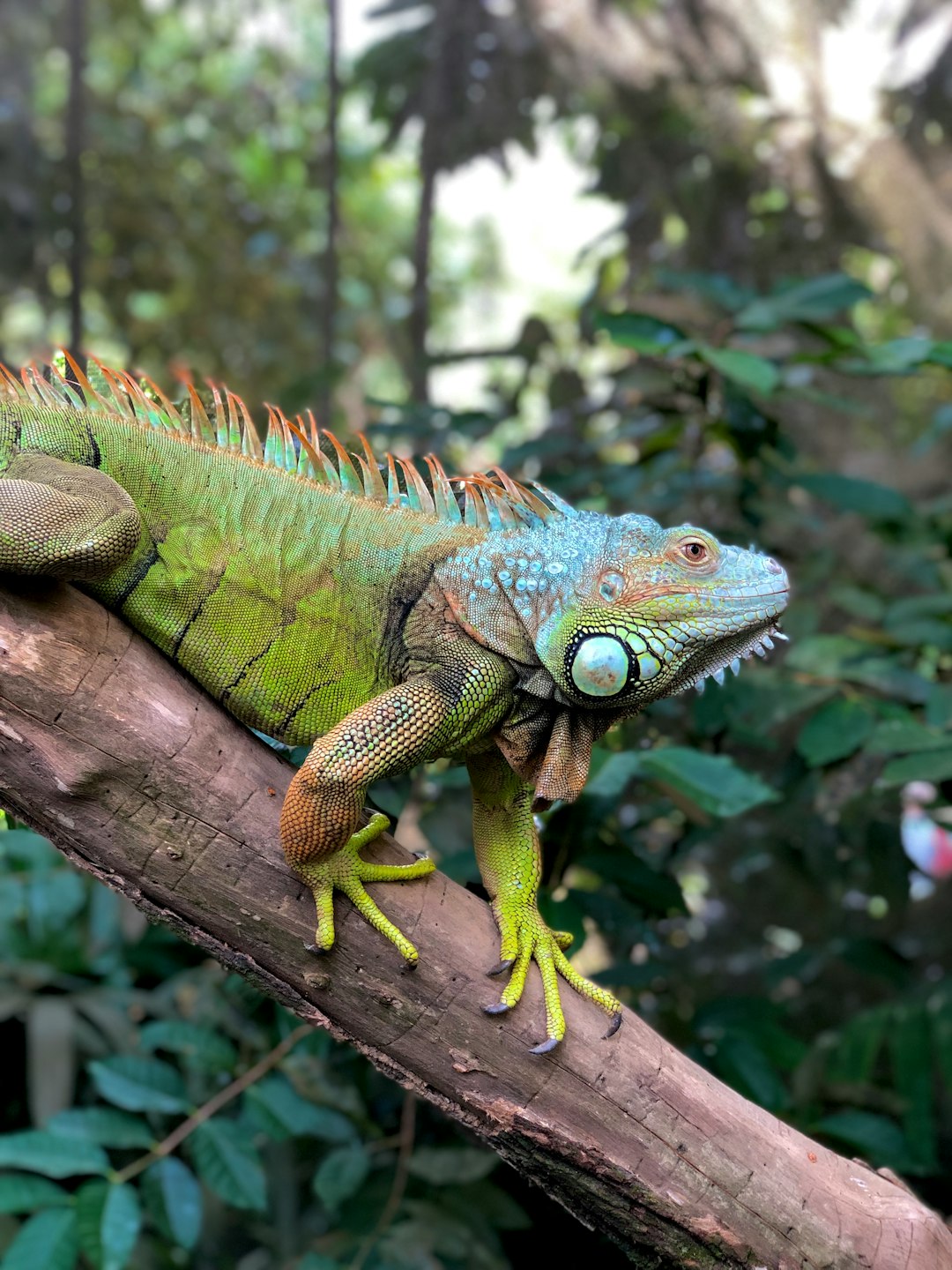Pets as Therapists: The Healing Power of Animals
Pets have long been known to bring joy, comfort, and companionship to their owners. However, recent studies have shown that animals can also have a profound healing effect on individuals struggling with various physical, mental, and emotional ailments. From reducing stress levels to improving cardiovascular health, our furry friends possess incredible therapeutic abilities.
One of the most well-known examples of animal-assisted therapy is in the field of mental health. Animals, especially dogs and cats, have been proven to alleviate symptoms of anxiety, depression, and post-traumatic stress disorder (PTSD). The simple act of being around a loving animal can release feel-good hormones such as serotonin and oxytocin, which help reduce stress levels and promote feelings of happiness and relaxation.
In addition to the emotional benefits, pets can also have a significant impact on our physical well-being. Studies have shown that interactions with animals can lower blood pressure, decrease cholesterol levels, and even improve cardiovascular health. One study conducted at the State University of New York found that pet owners who had suffered a heart attack were more likely to survive longer than those without pets. The presence of a beloved pet provides a sense of purpose and responsibility, encouraging owners to lead a healthier lifestyle.
Children, in particular, can greatly benefit from the presence of a pet. Beyond the companionship, pets can help children develop empathy, responsibility, and social skills. The act of caring for an animal teaches them about compassion, patience, and nurturing, which can have a profound impact on their emotional development. In fact, several schools and therapy centers have introduced animal-assisted interventions to help children with autism, ADHD, and other developmental disorders.
Pets also play a critical role in senior care. As individuals age, they sometimes experience loneliness and isolation, leading to a decline in physical and mental health. Pets provide a source of companionship, reducing feelings of loneliness and improving overall well-being. Moreover, the presence of an animal can motivate seniors to remain active, as walking a dog or playing with a cat encourages exercise and social interaction.
Animal-assisted therapy is not limited to dogs and cats alone. Other animals, such as horses and dolphins, have also been used in therapeutic interventions. Equine-assisted therapy, for example, has proven successful in helping individuals with physical disabilities, mental health disorders, and substance abuse problems. The rhythmic motion of horseback riding can improve balance, coordination, and muscle strength. In addition, the connection between humans and horses can foster emotional healing and build trust.
It is important to note that animal-assisted therapy should be conducted under the supervision of trained professionals. These professionals assess the needs of the individual and the suitability of the animal to ensure a positive therapeutic experience. In addition, pets used for therapy should be well-trained, vaccinated, and temperamentally suited for the role.
In conclusion, pets have a profound healing power that extends far beyond companionship. They can provide emotional support, reduce stress, lower blood pressure, improve cardiovascular health, and even aid in the development of empathy and social skills. Pets are instrumental in enhancing the lives of individuals of all ages, from children to seniors. As more research and awareness continue to emerge, animal-assisted therapy is increasingly being recognized as a valuable tool in healthcare. So, the next time you feel down or in need of comfort, remember that your furry friend may just be the answer to your healing.

